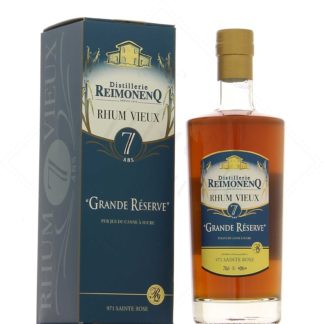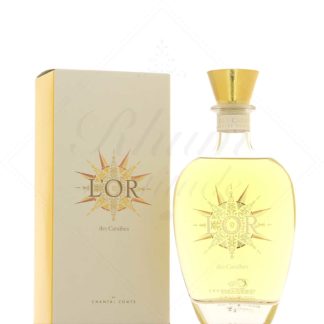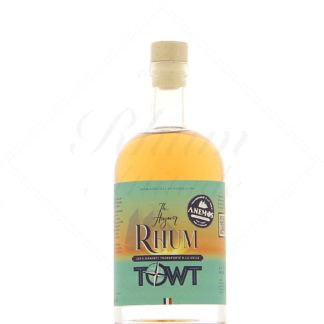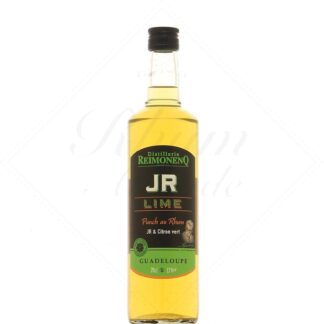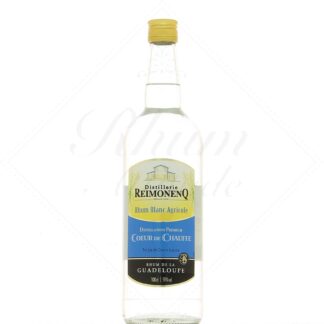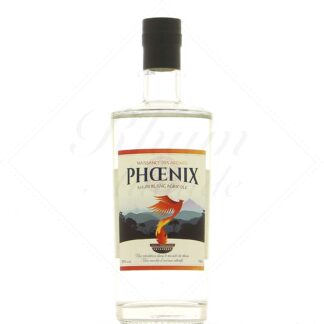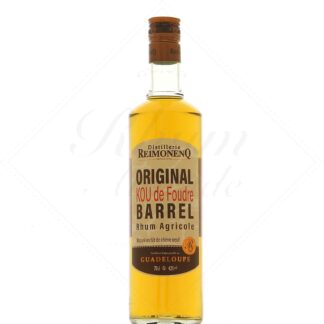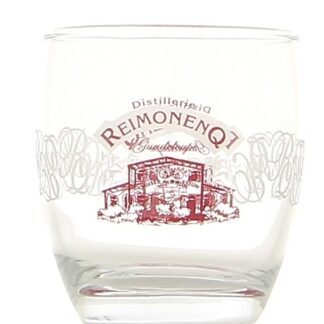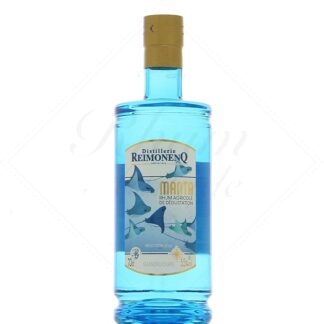ReimonenQ

The history of Reimonenq rums
The Reimonenq family started out in the rum business through brothers of Finnish origin. In 1915, Joseph worked in banking, while at the same time trading rum with mainland France. With his younger brother Fernand, who was 18 at the time, he bought the Bellevue estate from Docteur Diavet. This cocoa and medicinal plantation is located in the commune of Sainte Rose, on Basse Terre, Guadeloupe.
Joseph took care of the business and administrative side of things, while Fernand set up the cane cultivation and distillery, which at the time was made entirely of wood. The duo teamed up with a certain André Bon, manager of the Grande-Anse sugar mill on the island of Marie-Galante. He supplied a steam engine and a mill to crush the cane.
Reimonenq makes its debut in agricultural rum
Rum production began in 1916. The French army, caught up in the First World War and deprived of local spirits, soon turned to the West Indies. The Bellevue distillery produced between 200 and 360,000 liters of rum a year, much of which was shipped to the front.
Joseph Reimonenq was an important figure in Guadeloupe, becoming mayor of Sainte Rose and General Councillor in 1920. He remained in this position until 1944. In 1929, André Bon left the distillery and moved to Bordeaux to establish himself as a merchant. The two brothers took full control of the family business.
Fernand made many improvements on the plantation, particularly in terms of transport. He also ensures that the cane is impeccably clean. By keeping dirt and impurities out of the vesou, he ensures good fermentation and pure rum. Even today, Léopold Reimonenq insists that the cane must not touch the ground between cutting and crushing.
Léopold Reimonenq, Guadeloupe rum legend
Joseph, the older brother, died in 1950. Fernand took up the torch, and taught the trade to his son Léopold, who joined the distillery in 1954. In 1959, it was Fernand's turn to pass away, and the current owner, Léopold, inherited the business.
A few years earlier, the family had experimented with casking and ageing. The trials were conclusive, and in 1960, the distillery acquired its first 100-barrel cellar, as well as a bottling line. Léopold wished to acquire a solid rum culture, and traveled extensively. He observes the methods of many distilleries around the world, and continually improves his distillery, as well as his farming techniques.
Old rums start to stand out
In 1965, the first old rum was bottled under the Grand Corsaire brand. In the late 1960s, the Bellevue estate was the first in Guadeloupe to switch to mechanized harvesting. But in 1970, everything collapsed when a short-circuit caused a devastating fire. The distillery was completely destroyed, but Léopold didn't give up. To ensure the brand's survival, he bought rum from fellow distillers on the island.
He also invested in eggplant cultivation, with great success, enabling him to gradually rebuild the distillery, which reopened in 1974. During this reconstruction, he took the opportunity to become a pioneer in sustainable agriculture. He was the first to reprocess his vinasses, which he spread on the cane fields as a fertilizer. Bagasse is also spread in the rows, serving as a fertilizer and weed suppressant. In 1979-80, bananas replaced eggplants, but cyclone David and hurricane Frédéric immediately devastated the crops.
In 1985, Reimonenq won its first award at the Concours Général Agricole de Paris. 1986 and 1987 were also award-winning years for the distillery's rums, which won prizes in Madrid, Brussels and New York.
The Rum Museum
A rum museum was built on the estate between 1988 and 1989, but the elements were relentless. This time, it was Hurricane Hugo that wiped out all efforts. The museum was finally rebuilt in 1990, and has since become one of Guadeloupe's leading tourist attractions. From then on, all rums were branded Musée du Rhum and Coeur de Chauffe. Over the next 20 years, the museum was enriched by a collection of insects, model ships, arts and crafts, and life-size animal reproductions.
Léopold Reimonenq never ceases to modernize his facilities, installing a new mill and a wooden vat brought over from Brazil. In 2002, he added a double column of which he is particularly proud, and which establishes the identity of Reimonenq rum as we know it today.
When the distillery celebrated its 100th anniversary in 2016, Léopold was still at the helm. He is one of Guadeloupe's greatest rum memories, and still helps his fellow distillers with his sound advice.
Reimonenq rum production
The cane plantation extends over 20 hectares, and produces 3,000 tonnes each year. For the rest of its needs, the distillery relies on small local growers.
The R570, R579 and R582 canes are planted using sustainable agriculture methods, and harvested between February and July.
Once the cane juice has been pressed, it is fermented for between 36 and 48 hours. Fermentation takes place in open vats (3 fermentation tanks of 90,000 liters each), using the pied de cuve technique. Natural yeasts, baker'syeasts and specific rum-making yeasts are used in this process. The wort ready for distillation has a strength of between 4 and 6 degrees.
A unique distillation method
Distillation takes place on a double stainless steel column, the only one of its kind in the world. Its 4 functions (degassing, distillation, concentration and extraction) enable it to produce Coeur de Chauffe rum, the symbol of Reimonenq. It is also equipped with a heat exchanger that separates the wine from the alcohol. The vesou is heated indirectly via a coil, for better temperature control. This gives the distiller greater control over his work, especially as this column is not equipped with automatic programming.
300,000 liters of agricultural rum are produced per year, of which 80,000 are put into barrels. The cellars are made up of some 1600 barrels. They are entirely made of wood, which allows a constant temperature of around 28° all year round.
Most of the casks used are old 180, 200 or 220-liter bourbon barrels. But Reimonenq is also equipped with 600-liter French oak demi-muids. The barrels are topped up, and gradually reduced during aging.
The Reimonenq range of rums
The most popular and best-known rum in the range is Coeur de Chauffe white 50%. There's also an amber rum aged for several months in wood, and a wide variety of aged rums.
For example, Première Cuvée aged rum is at least 3 years old. Next come the 7 and 9 year olds. Reimonenq also presents two sublime decanters: the cuvée RQL is a 1999 vintage bottled every year, so it gets older and older. Cuvée Hors d'Âge is made from a 1998 vintage, bottled according to the same principle.
JR aged rum has a special place in the range, as it is not derived from the Coeur de Chauffe style. It is a lighter rum, aged in newer bourbon casks. Read less



